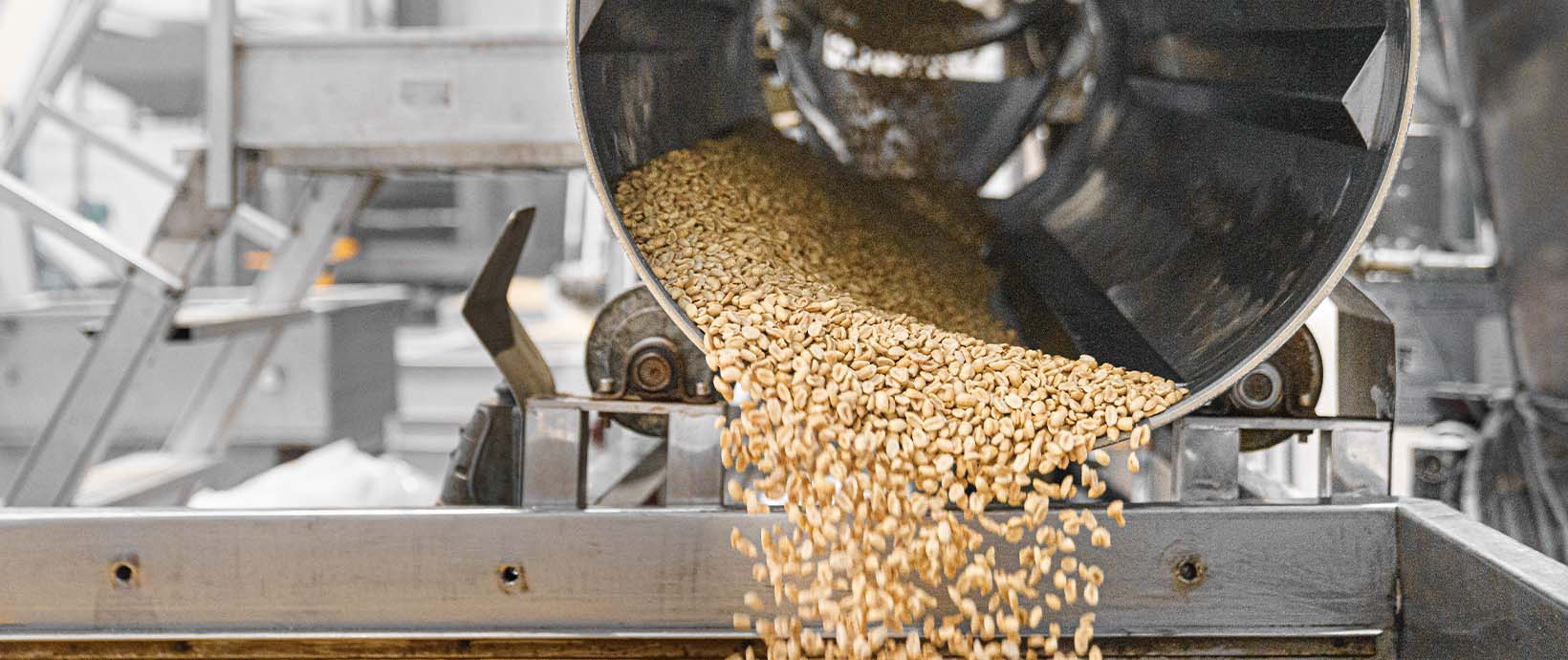Digital Debunking: Can You Make an Unbreakable Tennis Racket?
We all find ourselves occasionally expressing frustration or anger in ways that may not be appropriate – even in public. Athletes do this too. Not even world-class tennis players are immune from the occasional outburst, sometimes resorting to smashing their rackets to release pent-up emotion and deal with the stress of competition.
Outbursts from tennis players – including those from the likes of John McEnroe or Serena Williams – have proven to be inevitable. For instance, who can forget the outburst from Nick Kyrgios, where he smashed two rackets after his 2022 US Open defeat? More recently, Alexander Bublik smashed three rackets at an ATP Tour event in one of the worst meltdowns in recent memory. And while this behavior isn't commonplace, it occurs.
Indestructible Tennis Racket Design Possibilities
We at Altair take pity on the poor rackets that end up on the wrong side of players’ outbursts. That’s why we wanted to discover: What if you could craft a tennis racket for the temperamental player, a racket capable of withstanding the most extreme force? In short, can you make an unbreakable tennis racket?
While it won’t prevent players from getting into trouble, a tennis racket that can withstand unconventional impact would certainly demonstrate an unparalleled commitment to its durability and quality. And while preventing smashed rackets might seem like a niche problem to consider, most sporting goods manufacturers must account for blunt force and impact scenarios when designing their products both in tennis and beyond. Impact analysis is a nonlinear phenomenon typically studied using computationally expensive finite element methodologies (FEM). While these methods can yield detailed results, they focus on one specific scenario. However, the smashing of a racket is never the same each time. This requires manufacturers to simulate a wide range of impact scenarios for effective racket design.
Fortunately, Altair® MotionSolve® offers a more efficient method for simulating contact and impact. Designers can utilize MotionSolve to iterate numerous designs and impact scenarios in a fraction of the time required by FEM, saving significant time and money. If needed, only the final design and most severe impact cases can be analyzed using explicit FEM to instill confidence in the results.
Impact Analysis with Altair® HyperWorks®
The impact analysis of a tennis racket using the multibody approach can easily be done using Altair® HyperWorks® applications to streamline modeling and visualization workflows. Specifically, we used MotionSolve and Altair® MotionView® to analyze the actions of a temperamental tennis player and the impact borne by their racket when smashed or thrown. The process is described using an example through the following steps.
Create an FE Model of the Racket
This step involves creating a shell mesh on a racket frame and handle geometry, assigning thickness property and a material property. The mesh should be fine enough to capture the geometry in fair detail.

Mesh generation in HyperMesh.
A linear material property (MAT1) of graphite is used for this example, which is one of the most common materials for creating professional rackets. A thickness of 3 millimeters is assigned to the components. The handle portion is considered rigid for this analysis and is modeled using a rigid element (RBE2) that covers the nodes in the racket’s grip with an independent node at the center. Once the model is ready, it’s exported to Altair® OptiStruct®.
Converting the FE Model to a Flexible Body
In the multibody approach where the bodies are modeled as rigid, flexibility is represented through a modal representation of an FE model called a flexible body (or flexbody). This process is handled by MotionView’s FlexPrep tool, a flexible body preparation tool. OptiStruct is used in the background to generate the flexible body in .h3d format.
Multibody Model of Racket
The new model is used to represent the racket body. A human arm system was created directly in MotionView and modeled to swing the racket. The arms with joints are treated as rigid bodies and a contact is defined between the ground and the racket. Motion was imposed on the arm that mimicked the racket impact event and a transient analysis was performed. The two most common cases were simulated. One involved the tennis player smashing the racket, and the other throwing the racket to the ground.
Improving Model Accuracy
Contact involving flexible bodies requires a certain set of additional modes to accurately capture the racket’s deformation and stress during contact. The additional modes are generated by using the Predicted Contact Loadset method. In this method, the event is first simulated by solving a racket-only model with the original flexbody .h3d with loads around the frame. In the next step, FlexPrep is again used with a new CMS method called Craig-Chang-Contact, feeding the loadset generated by previous simulation. A new flexbody .h3d is generated that replaces the earlier flexbody in step three and the transient analysis is solved again. The following animation and images display the analysis results.
Simulated Smash Results
First, the human arm system is set so that the racket hits the ground at a certain angle.
The model can be solved while producing results within its linear range in 28 seconds. Deformations, strains, stresses, and contact forces can be quickly visualized.
Simulated Throw Results
In this example, the racket is thrown to the ground vertically (just as Nick Kyrgios threw his).
These models run quite fast (within a few seconds). Consequently, the results can be analyzed quickly, enabling the user to explore a plethora of use cases while testing the racket model.
Several design iterations can be run with changes to the racket model until the results are satisfactory within the linear range of deformation. Final design iteration can then be further analyzed with a detailed FE simulation.
Conclusion
Multibody simulation emerges as a highly valuable tool for impact analysis due to its efficiency and versatility. Unlike traditional methods like explicit finite element methodologies (FEM), MotionSolve offers a more practical approach for simulating contact and impact scenarios, particularly for designs exposed to multivariate impacts. With MotionSolve, designers can iterate through an array of impact scenarios, providing insights into the dynamic behavior of the system under varying conditions.
Altair customers already use MotionSolve to study multivariant drop tests to improve their design for cell phones, VR googles, and smart glasses. This capability has not only saved those customers time but also enhanced the accuracy of the analysis by considering a broader spectrum of potential impacts.
When it comes down to it, players want to save money just like manufacturers do. For instance, Novak Djokovic was fined $8,000 for smashing his racket against the net post during his defeat to Carlos Alcaraz during the 2023 Wimbledon men's singles final. Through design optimizations, a more structurally sound tennis racket may save players money should they lose their temper. By leveraging MotionSolve, engineers can explore design modifications and optimize performance, ultimately leading to the development of more resilient, more reliable products.
To conclude, simulation can absolutely help create an outburst-resistant tennis racket for the temperamental player. But we think that the best way to avoid smashed rackets is to avoid outbursts altogether. Easier said than done, of course!





